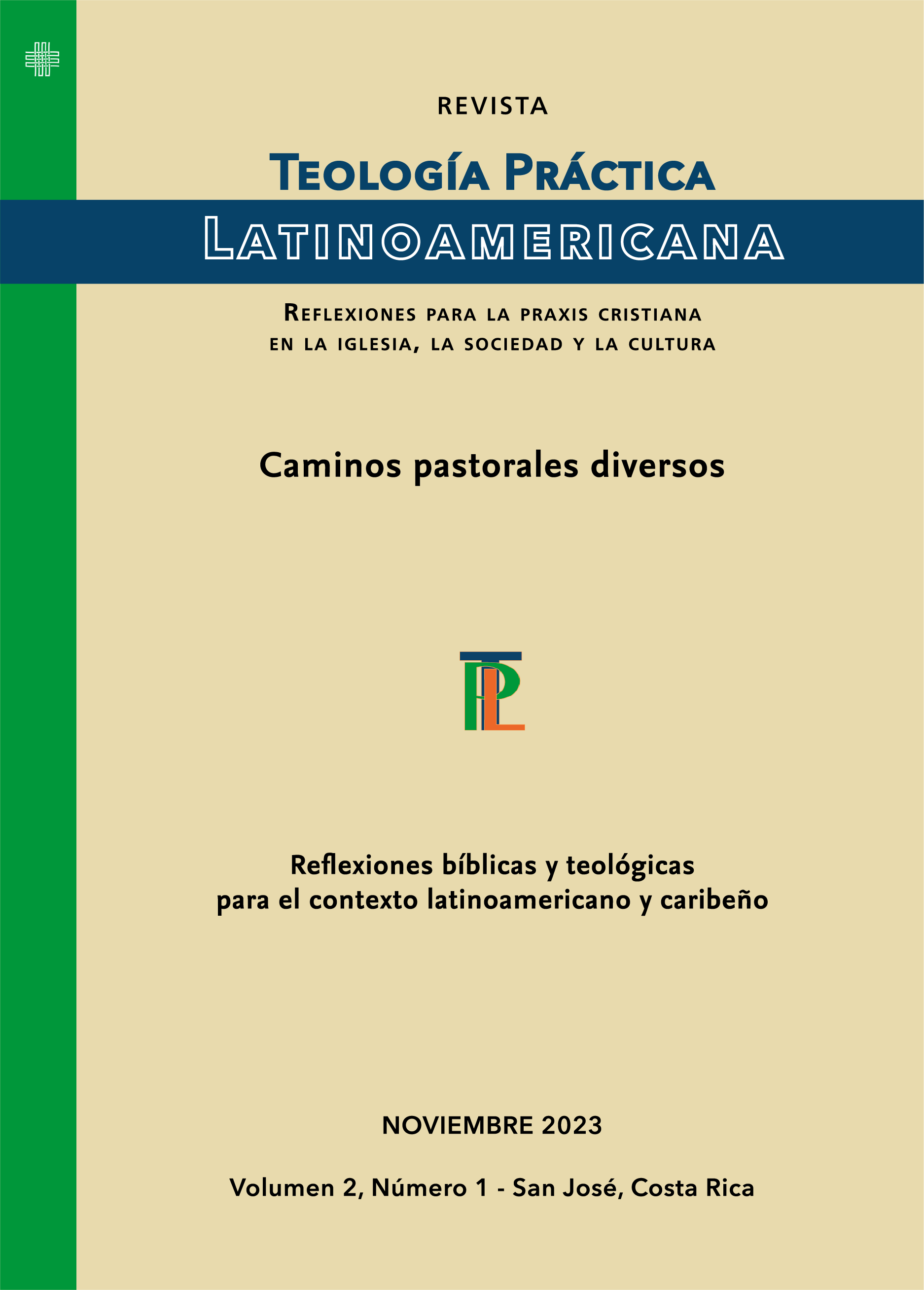Christian praxis and indigenous environmental justice
The role of faith in biodiversity care in an asháninka community in Peru
Abstract
When analyzing development from the perspective of the Sustainable Development Goals (SDGs) of the United Nations, religion generally appears as an obstacle, especially when it comes to the Christian religion. For this reason, when addressing the issue of environmental justice in indigenous contexts, it is common to try to integrate the system of values and ancestral knowledge of these communities, but totally disconnected from the Christian faith. Of course, this can be justified by the negative influence that some conservative Christian movements have on indigenous communities. However, the problem is that, by separating these aspects, the possibility of addressing the issue of environmental justice in an integral manner is lost, since, for the native peoples of Latin America and the Caribbean, the ancestral worldview and the Christian faith are inextricably linked and, generally, they are the motivation for committing or not committing to development projects.
This article presents a case study of an environmental justice project in an asháninka indigenous community in Peru. The study revealed that it is possible to have a Christian praxis that, from the vision of caring for God’s creation, is committed to environmental justice in indigenous contexts. However, achieving this objective requires that the projects have biblically, theologically and pastorally trained people, so that they can assertively mediate between international sustainable development perspectives, the worldview of indigenous peoples and the Christian faith.
